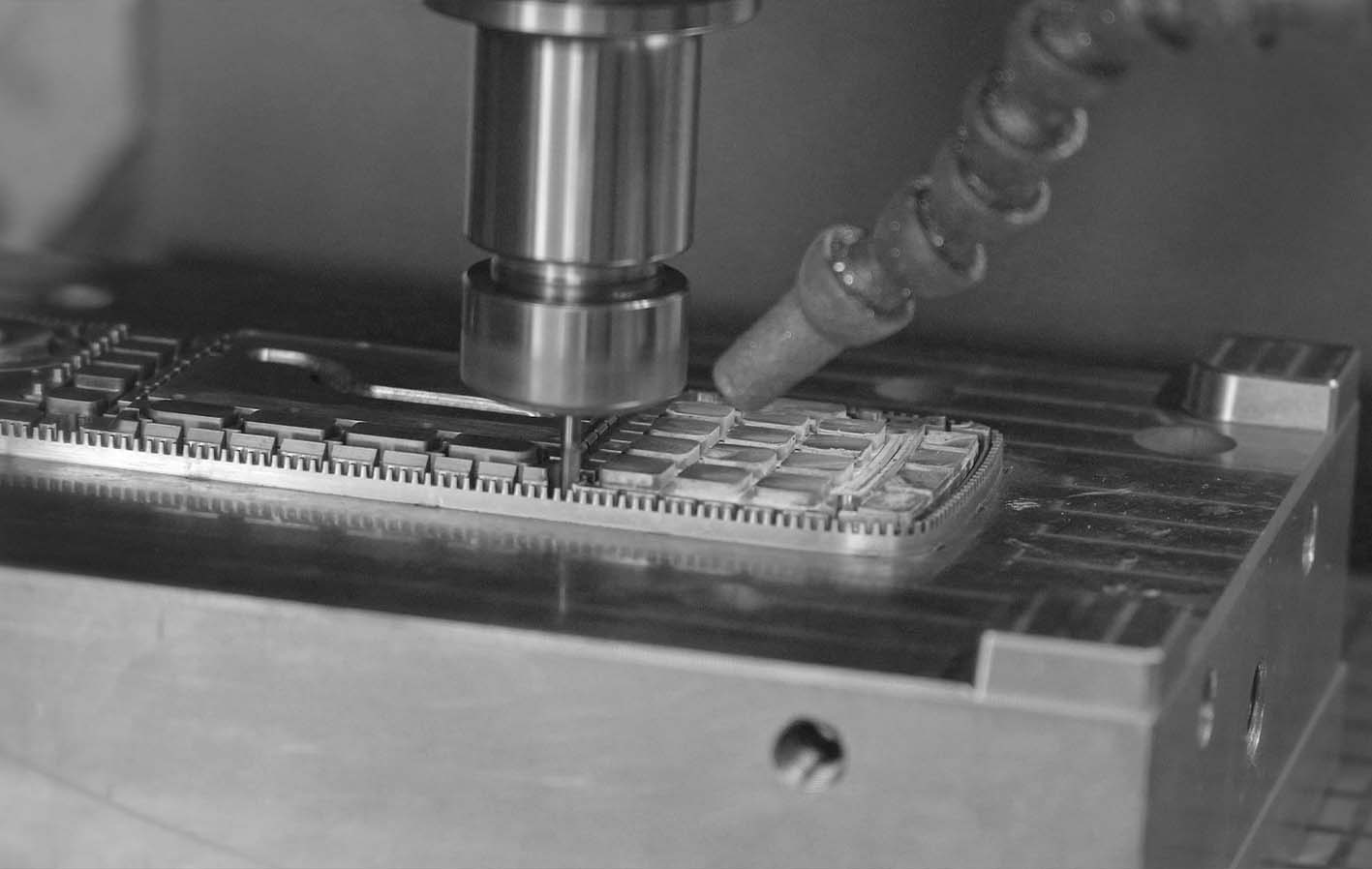Testing and validation of parts is an essential part of the product development process. Although other prototyping options such as 3D printing, CNC or vacuum casting would generally allow faster and cheaper prototypes, the main advantage of rapid tooling lies in the process and materials. For this reason, Rapid Injection Moulding is still one of the most common form of rapid tooling today. In this article, we take look an in-depth look into the process, how it works, when to use it and how it compares to other rapid prototyping methods.
Rapid tooling (RT) refers to the process of ‘rapidly’ producing mould (also known as tools) to be used in the injection moulding process. Traditionally, creating moulds for injection moulding could be a very time-consuming and expensive process. With RT, engineers and designers can manufacture moulds in a significantly shorter timeframe and a lower cost than a full production mould tool without compromising on the quality of the part; rapid tooling allows for the fabrication of detailed and complex geometries with precise tolerances in production-grade materials.

Example of rapid tool building process at HLH Rapid
By eliminating the need to remake a full-scale production tool, the speed and lower costs of rapid tooling offers greater flexibility and provide designers and engineers with an opportunity for innovation. This makes the process suitable for not just lower volume production but also market testing and rapid prototyping applications.
How are rapid tools made and how does it differ from conventional tool making? There are many different approaches depending on the part and requirements but essentially the general idea is to reduce as far as possible both the time taken and the costs involved in manufacturing the tool. Some of the most common techniques include:

Example of worker working on rapid tool at HLH Rapid
Here are the top reasons why you may want to consider the process for your next project:
1. Prototyping in the production intent material
In certain instances, prototyping in the production intent material is a ‘must have.’ This may be because the standard prototyping options cannot achieve the temperature or other environmental requirements or you want a much clearer picture of how the parts will act in real-world applications. If so, prototyping in the production intent material will allow you to test and confirm you’ve made the correct material choices.
2. You only require lower volumes
Unlike full-scale production tooling, rapid tooling is designed to cater to “smaller projects.” This allows for the fabrication of production-grade parts with precise tolerances but in lower volumes. This is especially beneficial for aerospace component or specialist vehicle manufacturing that deal with smaller quantities of parts but require the use of high performance materials.
3. You need to get your product to market quickly
Rapid tooling shortens the time between the initial idea and evaluation. This fast turnaround can help companies obtain a competitive edge to bring new products into the market. In other words, you can get parts to market in a fraction of the time of traditional methods. This is especially important if you’re working with a tight timeline.
While rapid tooling in injection moulding offers many benefits, like any other process, it isn’t without its limitations. So, how does RT compare to conventional tooling methods and other rapid manufacturing technologies like 3D printing and CNC machining? These are some of its main disadvantages:
Are you trying to source a rapid tool manufacturer for your project? Essentially you need to be very clear on what exactly you are after. Obviously, the increased speed and lower costs of rapid tooling compared to conventional production tooling are also going to impact somewhat on the final parts, but as long as you know what you are looking for and make your requirements clear to the manufacturer you should be able to avoid surprises.
Speak to a rapid tooling expert from our team to get started with your project. HLH Rapid has 20 over years of experience in plastic injection moulding and RT manufacturing. Learn more about our services services here or submit your CAD designs on our site contact form to get a quote now.
